The Good Gatsby: Using Literary Data to Review The Duke of Bannerman Prep
By: Tom Liam Lynch
In Bannerman Prep, we meet high schooler Tanner McKay who has a beautiful cousin named Abby who is eyed by the larger-than-life Duke even though she is dating the witless Blake. In Great Gatsby, we meet Nick Caraway who has a beautiful cousin Daisy who is pursued by Gatsby even though she is married to the brutish Tom Buchanan.
Table of Comparable Characters.
Graph Gatsby Chapter 1 & 2
Graph Duke Chapter 1 & 2
What makes Bannerman Prep interesting to me, however, is how its author chose to diverge from the book’s literary inspiration, a departure that was most pronounced in the original novel’s central love triangle.
When I have taught Fitzgerald’s novel, I often focused on students examining Gatsby through his love triangle with Daisy and Tom. With this in mind, I fixated on how the sadistic Tom would appear in Nelson’s young adult adaptation. So I examined the literary data for the love triangle in both Great Gatsby and Bannerman Prep. Using tools freely available on my website Plotting Plots, I plotted the names Gatsby, Daisy, and Tom across each chapter in Fitzgerald’s novel. I then plotted the names Duke, Abby, and Blake in Nelson’s retelling. Here’s what I saw.
Plotting Gatsby, Daisy and Tom
Plotting Duke, Abby and Blake
In Bannerman, the love triangle data tells a very different story. In fact, there are only two chapters in which the name of Tom’s counterpart, Blake, appears more frequently than the Duke’s. The first is in Chapter 7 where Tanner, Abby, and Blake attend one of the Duke’s Gatsbyesque parties. (Abby abandons the ever-imbibing Blake to find time with the Duke; Tanner covers for her.) Then, in Chapter 15, when the love triangle converges at a dance club on New Year’s Eve. In both instances, Blake might yell and shout, but that’s it really. One could hardly call Blake guileful let alone murderous.
Exploring the literary data focused my attention on Blake in a way I hadn’t expected. In my original reading, I identified Blake as Nelson’s version of Tom Buchanan. But that isn’t true. When I read the data more closely, I saw that Blake never really achieves the quantitative dominance that Tom does. The name “Blake” spikes, but never overwhelms. When the frequency of his name usage fades at the end of the book, which Tom’s name does as well, it isn’t in the wake of any real cruelty. Just a fight. Blake is a one-dimensional grunting oaf whose presence serves as color but never a catalyst for real character development.
So in the adaptation, what happens to Tom’s viciousness? Does it just disappear?
Kind of. Nelson redistributes some of Tom Buchanan’s traits in Bannerman Prep, but not into a single character. Tom’s oafishness can be found in Blake. But Tom’s capacity for violence is bestowed on Tanner himself when he steals his brother’s painkillers to repay a debt and successively sends Sam to the hospital writhing in pain. Sam’s suffering is the apex of agony in Nelson’s novel. Like Tom’s responsibility in the death of Gatsby, Tanner’s culpability is indirect: Tanner didn’t directly cause Sam’s suffering, but his actions ensured it would ultimately come to pass.
From a pedagogical perspective, it is unfortunate that Tom’s twisted elitism, his loud insecurity, his repugnant racism, his forceful misogyny, and his barbaric brutality are sanitized in the modern adaptation. Today, students need opportunities to grapple with the complexity of individual greatness in society, whether that greatness is driven by love like Gatsby’s or hatred like Tom’s. Readers won’t, however, find occasion to grapple very much here. The Duke of Bannerman Prep is an enjoyable read, a good read even. But, for me, not as great as Gatsby.
| Tom Liam Lynch, Ed.D. is the recipient of NCTE’s 2019 National Technology Leadership Initiative Award. A former English teacher, Tom currently directs education policy at the Center for NYC Affairs at The New School, while continuing to design methods for embedding computer science into secondary ELA classrooms. To explore The Great Gatsby and The Duke of Bannerman Prep using literary data and visualizations, as well as dozens of other popular books, visit Tom’s website at www.plottingplots.com. |
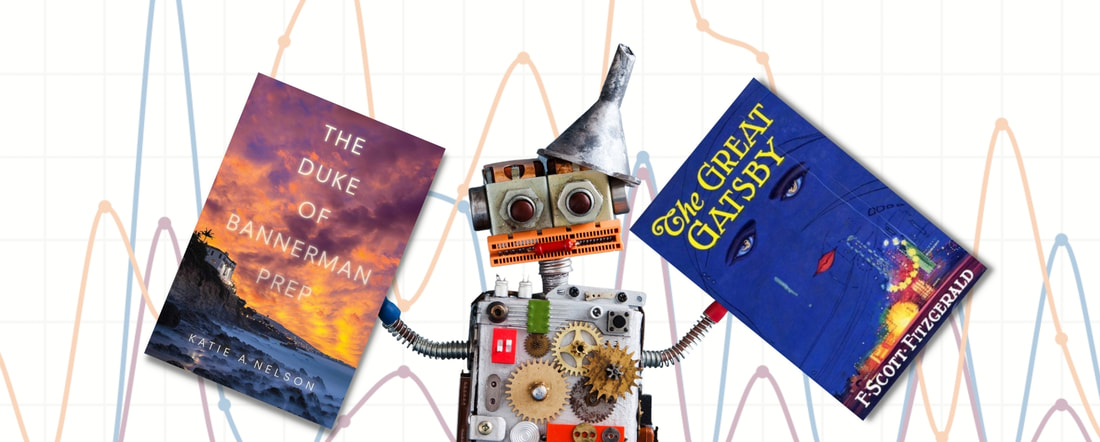
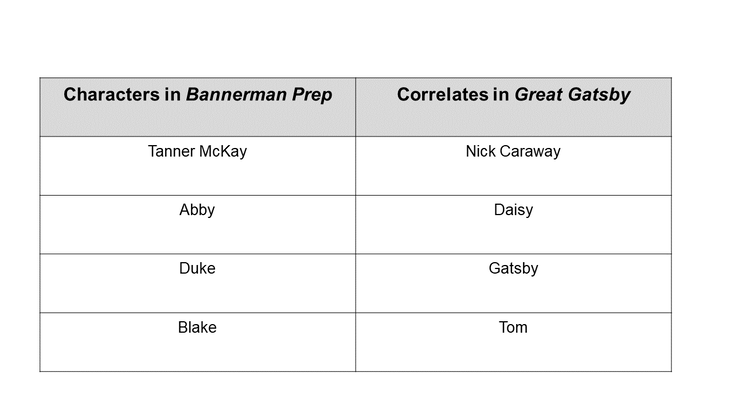
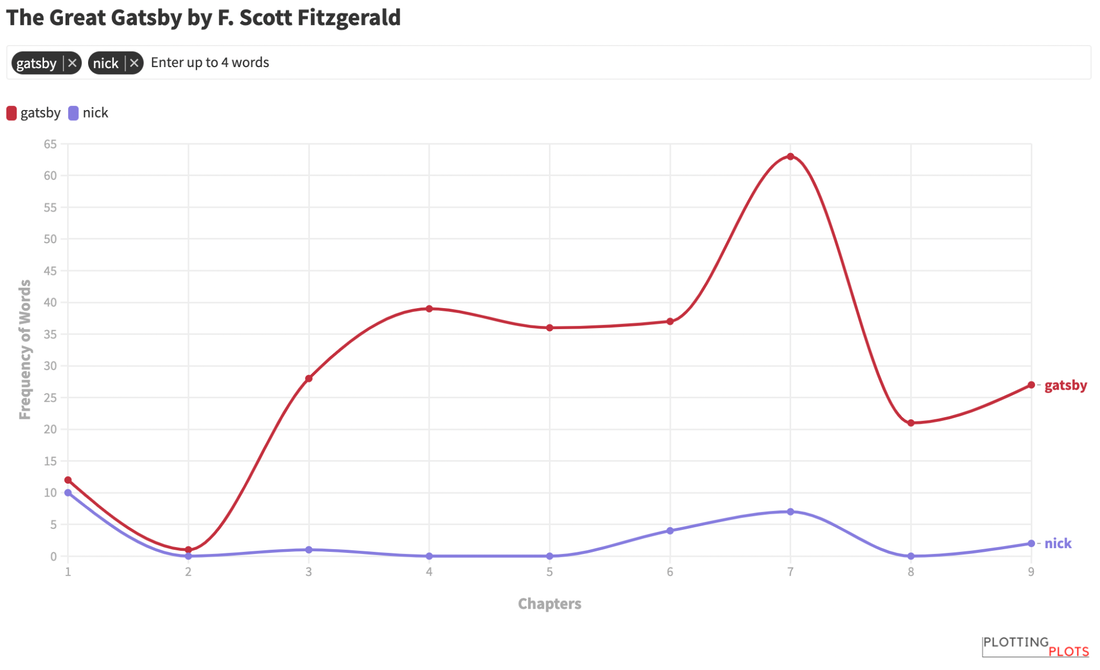
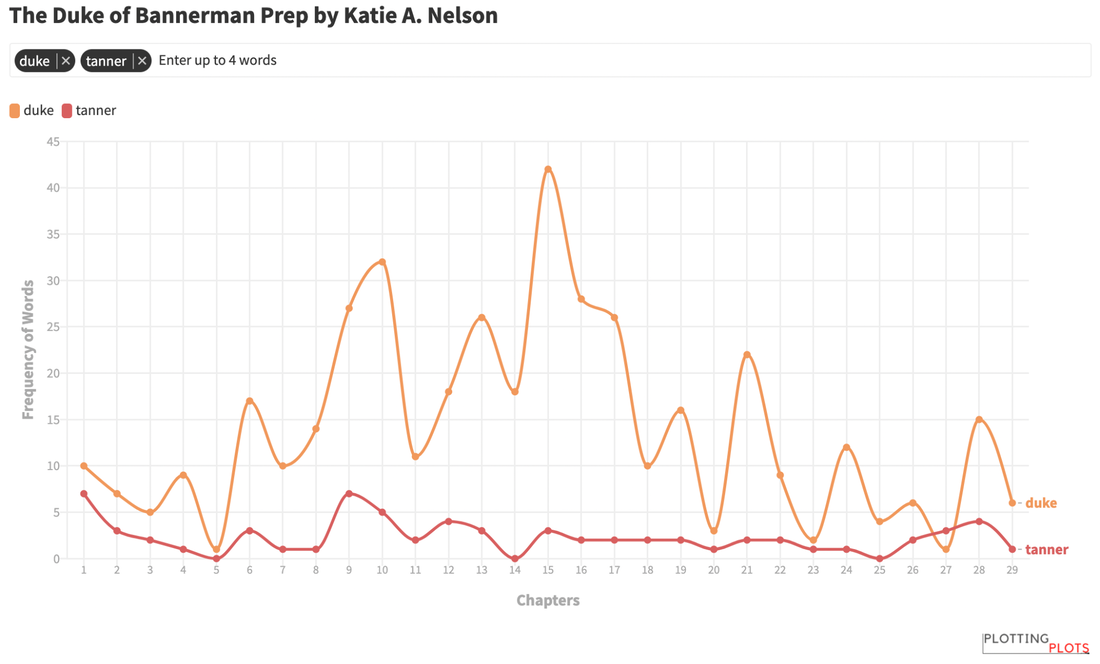
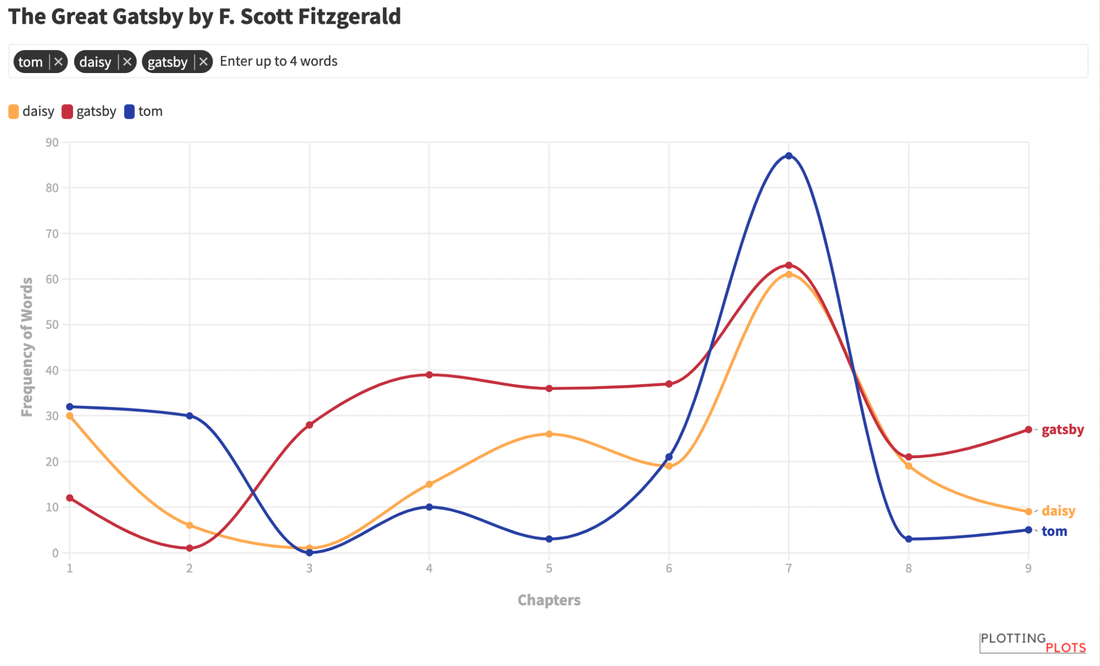
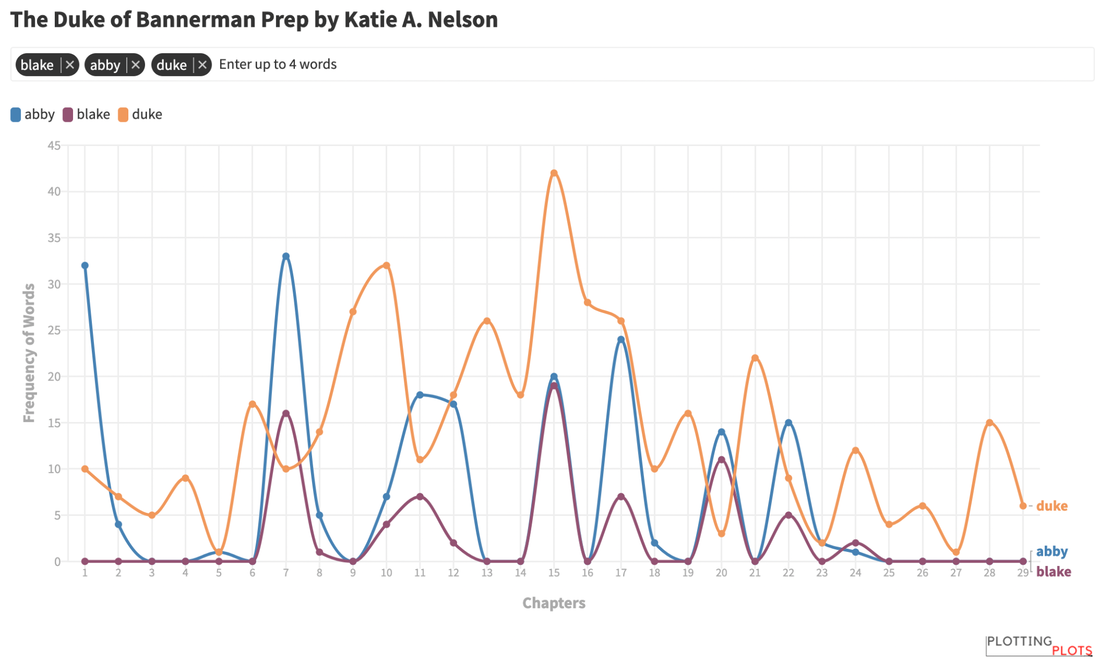

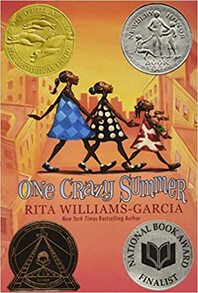
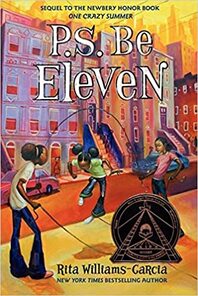
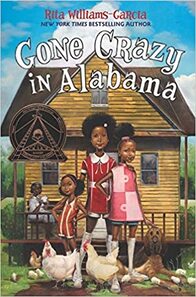
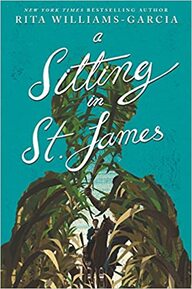
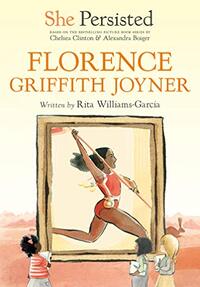
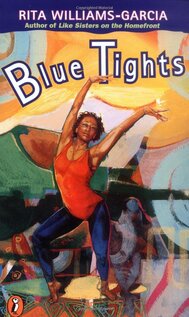
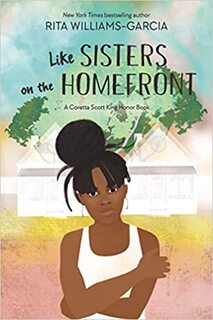
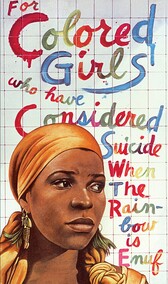
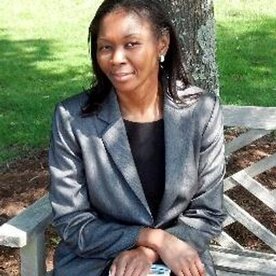


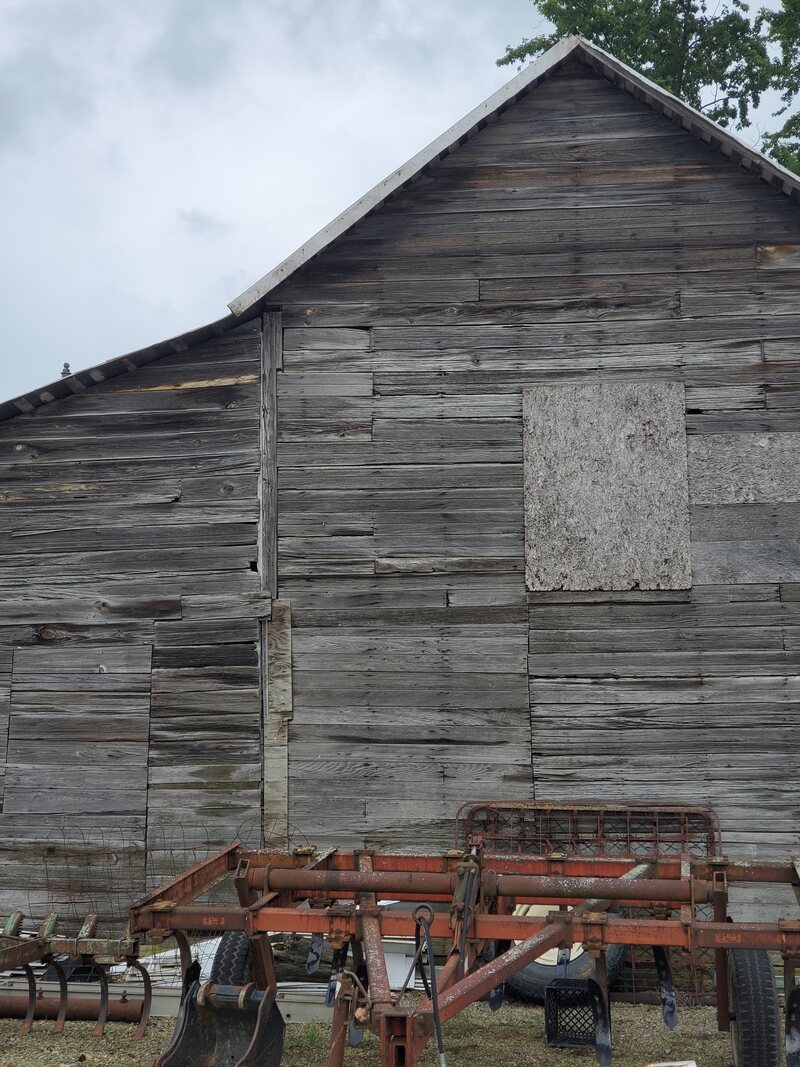
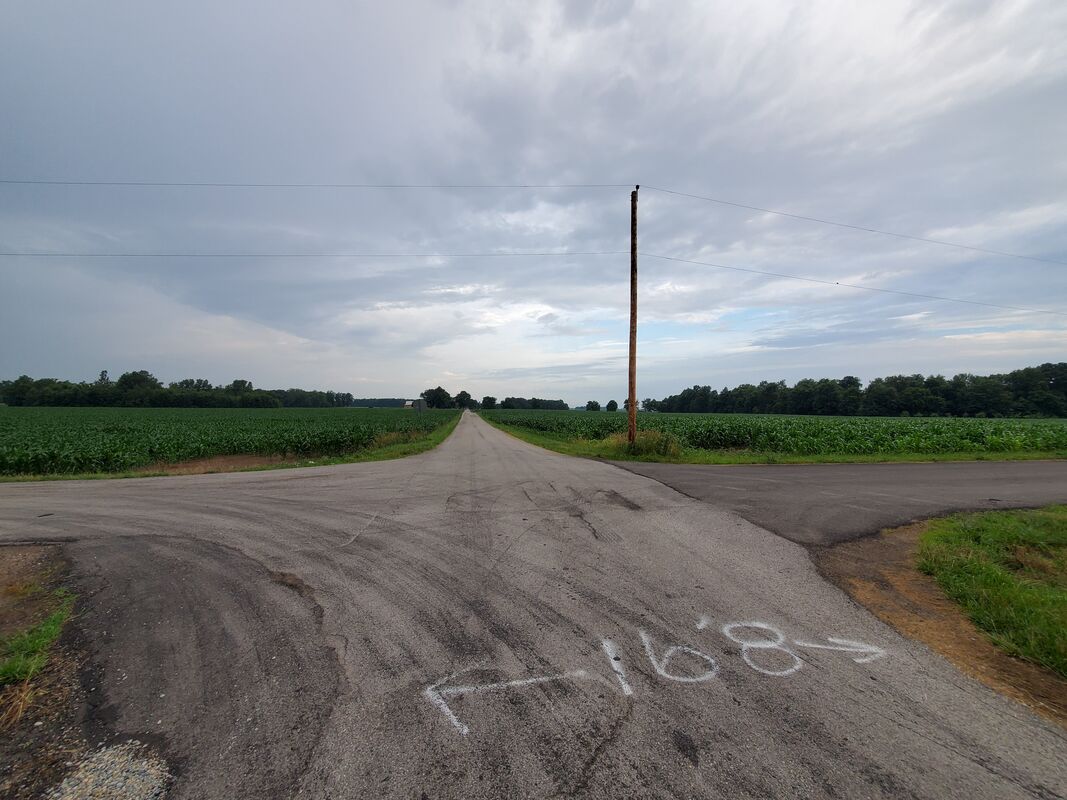
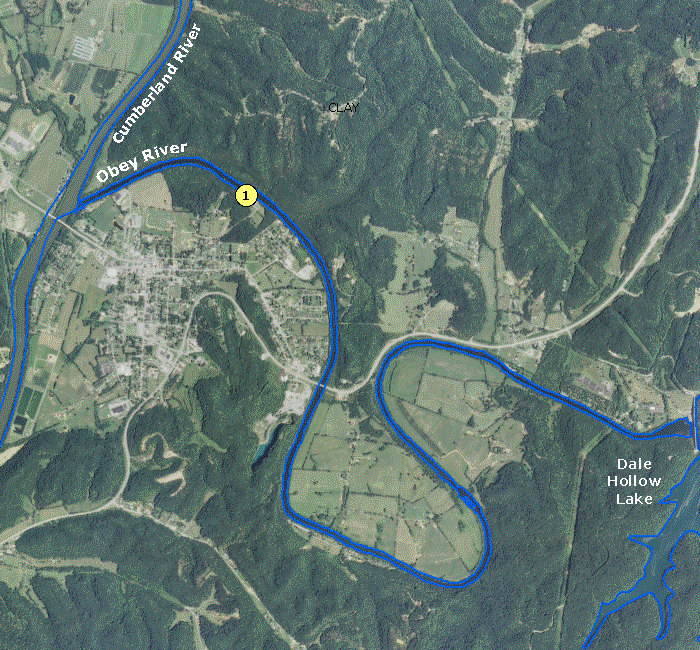
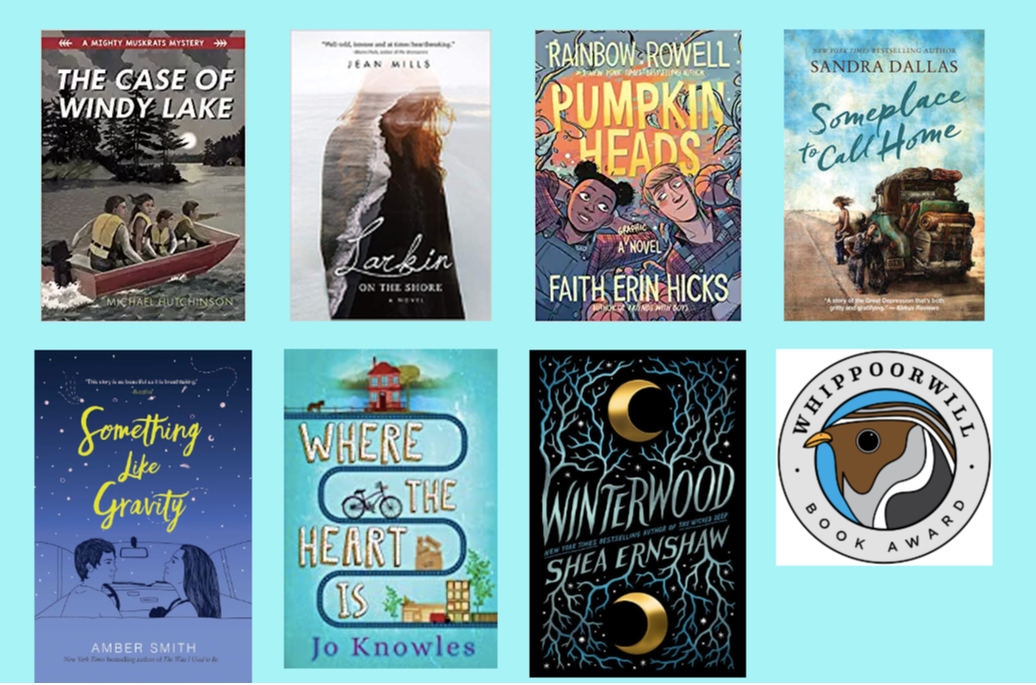


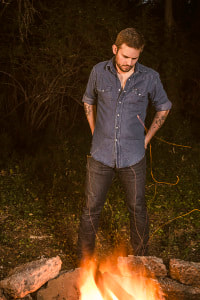
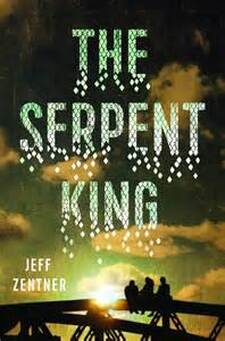
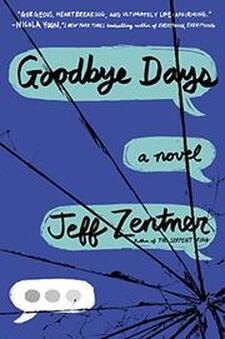
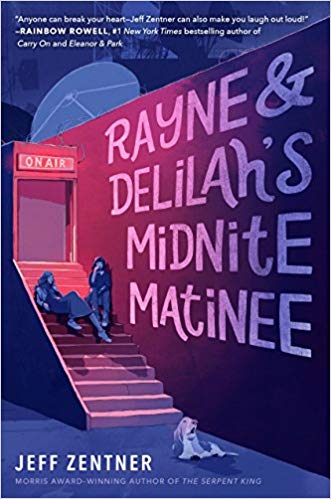
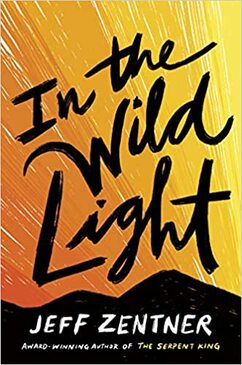
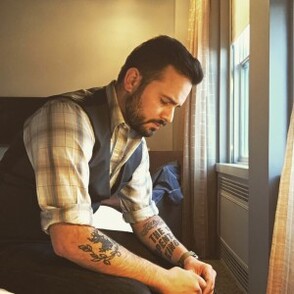

 RSS Feed
RSS Feed